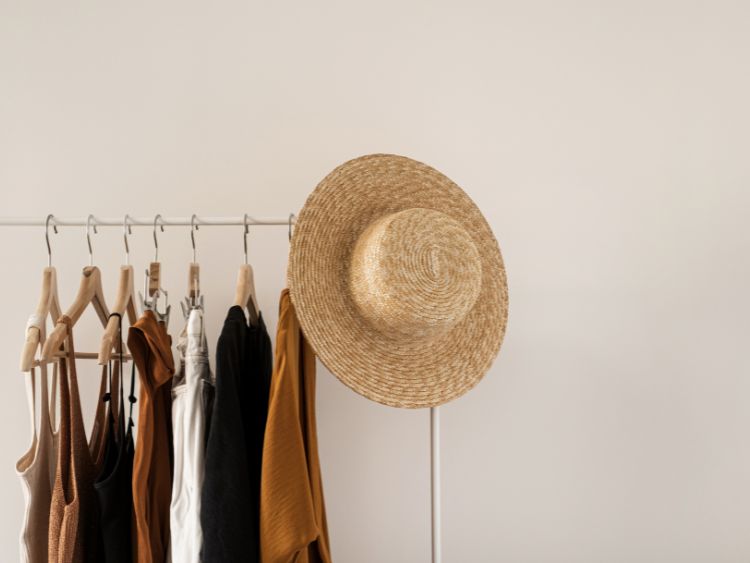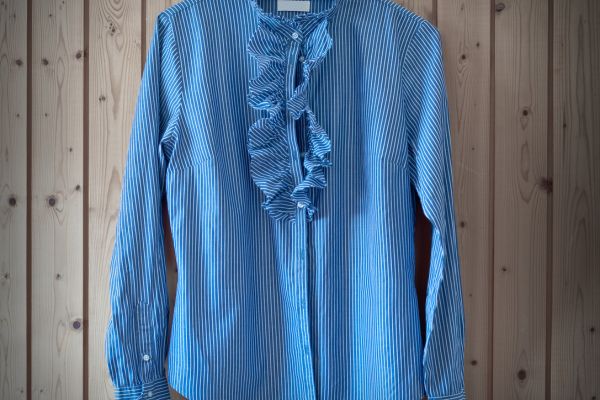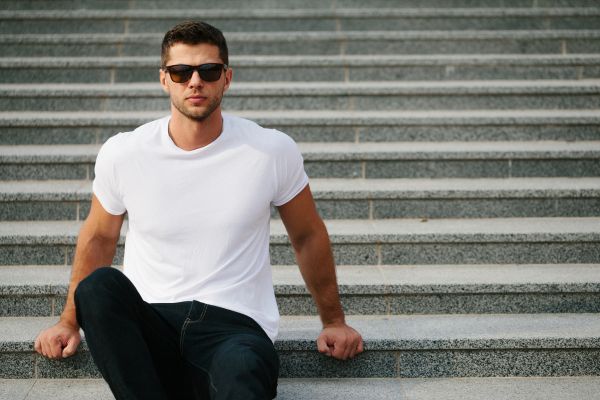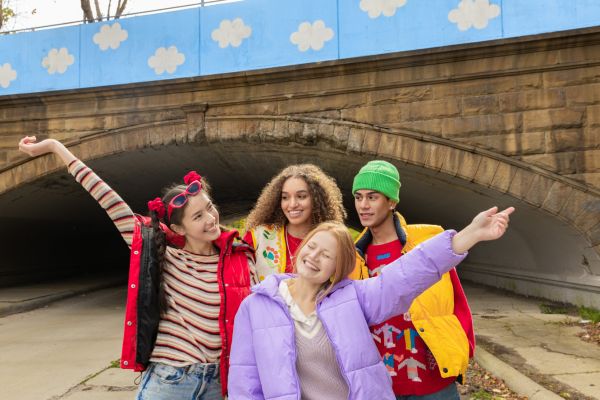The 1920s, often referred to as the “Roaring Twenties,” was a decade of unprecedented social, cultural, and economic transformation. But it wasn’t just jazz music, prohibition, and flappers that defined this era—the fashion scene also experienced a dramatic shift, breaking away from the conservative styles of previous decades. So, what made 1920s fashion so iconic? Let’s dive into the era’s most memorable trends, styles, and influences.
The Rise of Flappers: Breaking Boundaries
One of the most defining aspects of 1920s fashion was the rise of the “flapper.” These young women represented a new wave of independence, challenging traditional societal norms. Flappers were known for their bold attitudes, and their fashion choices were no different.
Flapper Fashion Features:
- Dropped Waistlines: Dresses with low waistlines that gave a loose, straight silhouette.
- Shorter Hemlines: Hemlines rose to knee-length, a daring move for the time.
- Fringed Dresses: The movement of fringe was perfect for dancing, particularly for the energetic Charleston.
- Cloche Hats: A close-fitting, bell-shaped hat that became synonymous with the flapper look.
- Bobbed Hair: Short, sleek haircuts like the bob and finger waves were in vogue.
Flappers also ditched the corsets of the previous generation in favor of more comfortable clothing that allowed for movement and freedom. Their fashion wasn’t just about looking good—it was about expressing a newfound sense of freedom.
The Influence of Jazz on Fashion
Jazz wasn’t just a musical genre in the 1920s; it was a cultural movement that influenced many aspects of life, including fashion. The fast-paced, energetic rhythms of jazz were mirrored in the fashion choices of the time. Dresses were designed for movement, often adorned with fringe, sequins, and beads to catch the light during dancing.
Jazz-Inspired Fashion Highlights:
- Sequins and Beading: Dresses often featured intricate beadwork and sequins that glittered under the lights of jazz clubs.
- Loose Silhouettes: These dresses allowed for the freedom of movement needed for popular dances like the Charleston.
- Bold Accessories: Feather boas, long pearl necklaces, and ornate headbands added to the drama of the jazz age look.
It wasn’t just about the dresses, though. Jazz culture also popularized daring makeup looks, including bold red lipstick and heavily lined eyes, adding to the overall impact of the style.
Men’s Fashion: From Formal to Casual
While women’s fashion was undergoing a revolution, men’s fashion in the 1920s also saw significant changes. Suits remained the staple of men’s attire, but the decade brought in more relaxed styles and fabrics, moving away from the stiff, formal attire of the Victorian era.
Key Elements of Men’s 1920s Fashion:
- Three-Piece Suits: While still formal, men’s suits in the 1920s were lighter and more comfortable, often made of wool or tweed.
- Oxford Bags: These were wide-legged trousers that became popular with young men.
- Newsboy Caps: Paired with casual outfits, these caps became a signature look for working-class men and students.
- Double-Breasted Jackets: A sharp and sleek choice for formal occasions, these jackets added structure to men’s wardrobes.
Men’s fashion in the 1920s began to blur the lines between formal and casual wear, laying the groundwork for the more relaxed styles of the future.
Art Deco: A Major Influence
No discussion of 1920s fashion would be complete without mentioning the influence of the Art Deco movement. This design style, characterized by bold geometric shapes, vibrant colors, and lavish ornamentation, had a profound impact on fashion, particularly in evening wear.
Art Deco in Fashion:
- Geometric Patterns: Dresses and accessories featured angular lines and geometric shapes, reflecting the architectural and artistic trends of the time.
- Rich Fabrics: Silk, satin, and velvet were popular materials for evening gowns.
- Ornate Embellishments: Beading, embroidery, and metallic accents added a luxurious touch to Art Deco-inspired outfits.
Art Deco wasn’t just about the clothes; it also influenced jewelry, with statement pieces like long earrings, bangles, and cocktail rings becoming fashionable.
Fabrics and Textures: A Shift in Sensibility
In the 1920s, fashion wasn’t just about what you wore but how it felt. The fabric and texture of garments played a huge role in the overall aesthetic of the decade.
Popular Fabrics in the 1920s:
- Silk: A luxurious material that was perfect for evening wear and intimate garments.
- Cotton: Used for more casual attire, cotton was comfortable and affordable.
- Chiffon: Light and airy, chiffon was often used for dresses, giving them a delicate, ethereal look.
- Velvet: This rich fabric was reserved for more formal occasions, adding a touch of opulence.
These fabrics, combined with the loose and flowing designs of the decade, helped create the effortlessly chic look that we associate with 1920s fashion today.
Accessories: Completing the Look
No 1920s outfit was complete without the perfect accessories. From head to toe, women and men alike paid attention to the details that would set them apart.
Must-Have Accessories:
- Feathered Headbands: Popular for evening wear, these headbands added a playful and glamorous touch.
- Pearl Necklaces: Long strands of pearls were often worn by flappers, adding sophistication to their outfits.
- Stockings: Silk stockings were a staple for women, often held up by garters.
- Cigarette Holders: Smoking became a fashionable activity, and long cigarette holders were a must for any glamorous woman.
For men, accessories like cufflinks, pocket squares, and watches were the finishing touches that completed their polished looks.
The Legacy of 1920s Fashion
1920s fashion wasn’t just a passing trend—it left a lasting impact on the fashion industry that can still be seen today. The emphasis on comfort, the rejection of restrictive clothing, and the rise of individual expression were all movements that have shaped the way we dress in the modern era.
Modern Echoes of 1920s Fashion:
- The Little Black Dress: Popularized by Coco Chanel in the 1920s, the little black dress is still a staple in every woman’s wardrobe.
- Bobbed Hair: The sleek, short hairstyles of the 1920s continue to inspire modern cuts.
- Androgynous Fashion: The flapper’s rejection of traditional femininity paved the way for androgynous styles that are still popular today.
Even today, designers often look to the 1920s for inspiration, incorporating elements like fringe, beading, and Art Deco patterns into their collections.
FAQs About 1920s Fashion
Q: What was the most popular dress style in the 1920s? A: The flapper dress, with its dropped waist and loose fit, was one of the most iconic dress styles of the 1920s. It was often adorned with fringe, beads, and sequins.
Q: Why did women start wearing shorter skirts in the 1920s? A: The shift to shorter skirts was part of the broader movement toward freedom and independence for women. The shorter hemlines allowed for more movement, particularly for dancing, and symbolized a break from the restrictive clothing of previous decades.
Q: How did men’s fashion change in the 1920s? A: Men’s fashion became more relaxed in the 1920s. While suits were still common, they were made from lighter fabrics, and casual elements like newsboy caps and wide-legged trousers became popular.
Q: What role did Art Deco play in 1920s fashion? A: Art Deco influenced the geometric patterns, bold colors, and lavish embellishments that were popular in both men’s and women’s fashion during the 1920s.
Conclusion: The Roaring Twenties, A Fashion Revolution
The 1920s was a decade of boldness, rebellion, and glamour in the world of fashion. From the rise of the flapper to the influence of jazz and Art Deco, the styles of the 1920s reflected the dramatic social changes of the time. Even today, we can see the echoes of 1920s fashion in modern trends, proving that this iconic era was more than just a passing phase—it was a revolution.
Authoritative Links:
- www.fashionhistorymuseum.com
- www.metmuseum.org/toah/hd/artd/hd_artd.htm
- www.vam.ac.uk/articles/1920s-fashion



